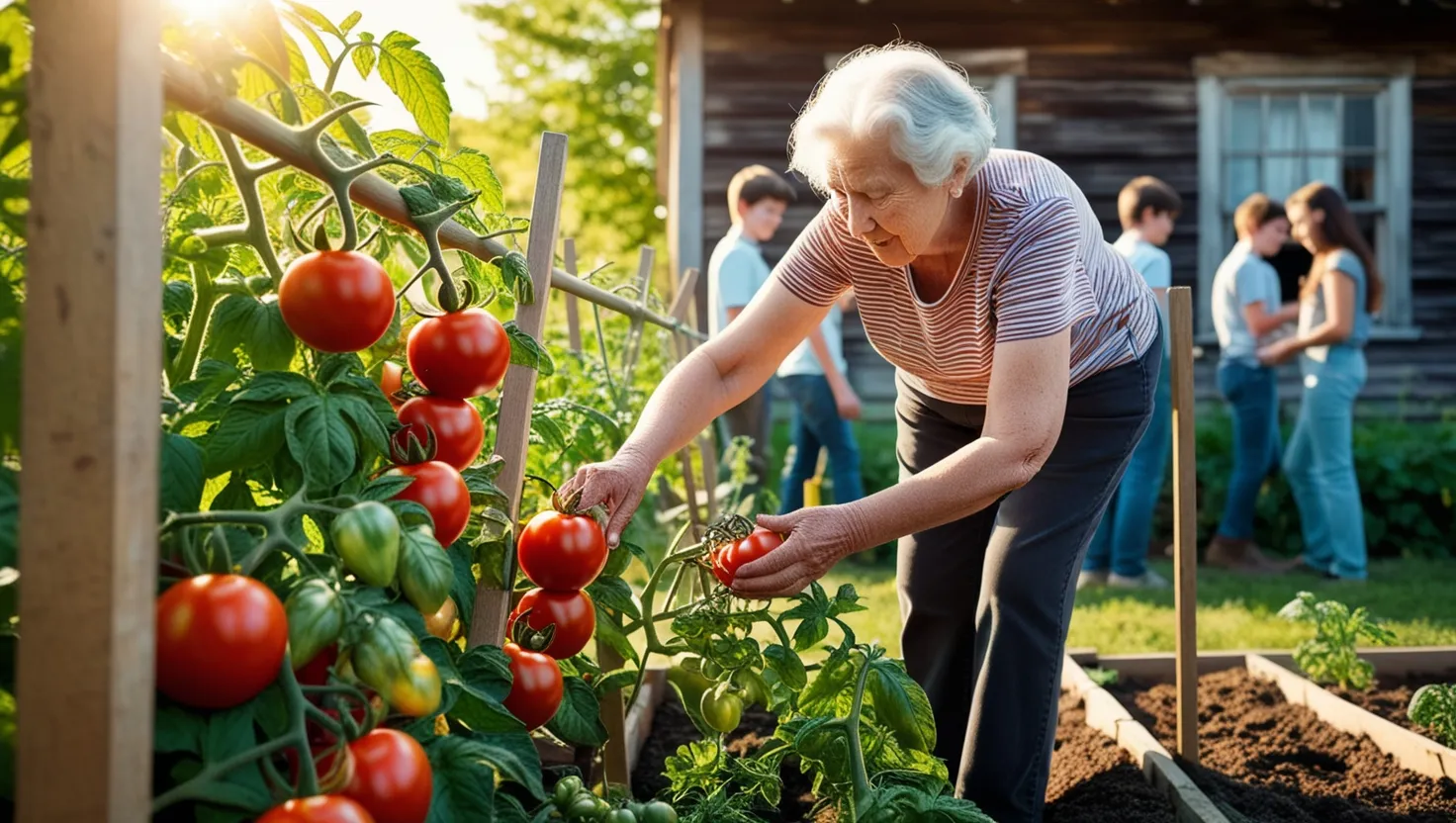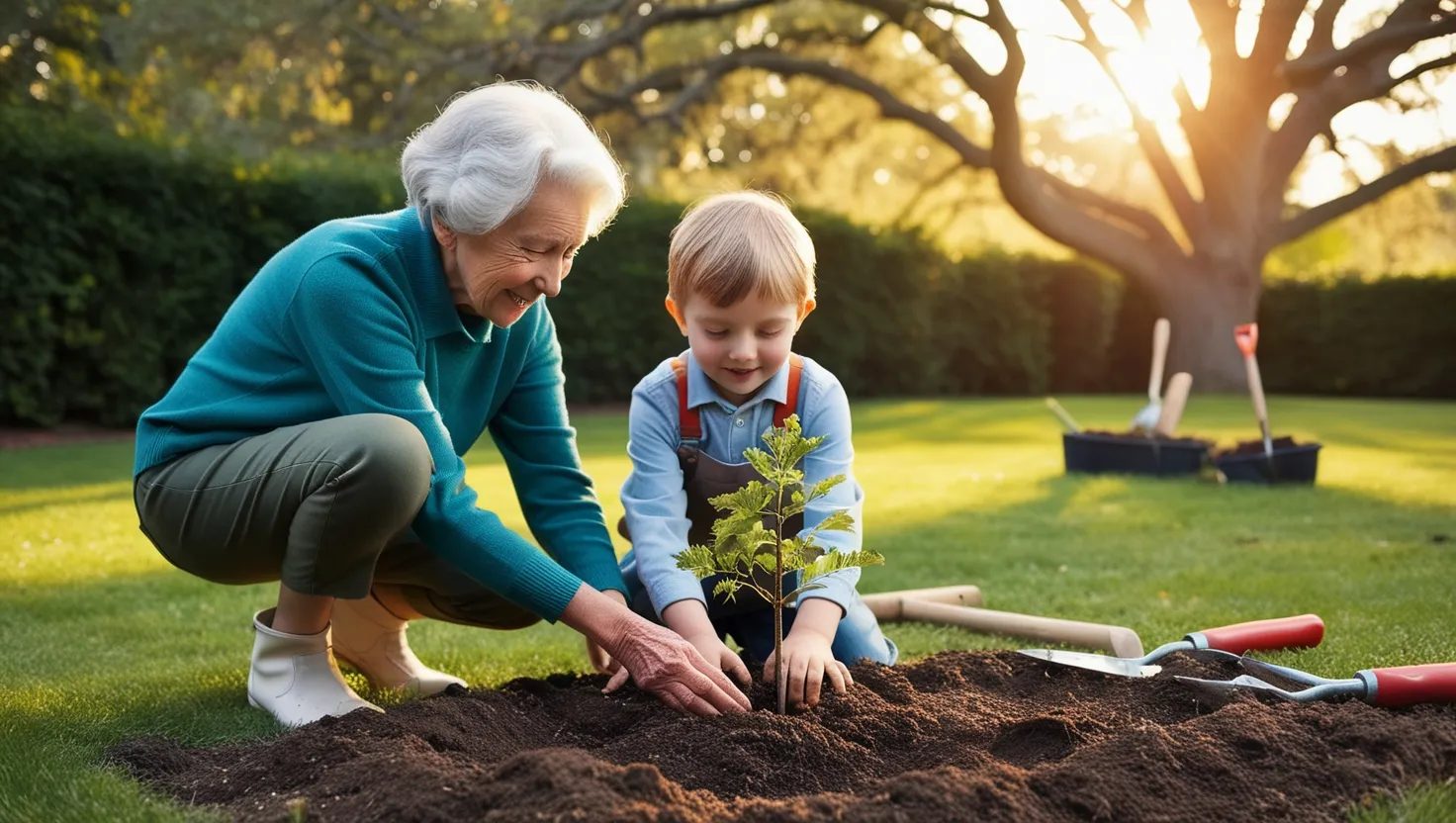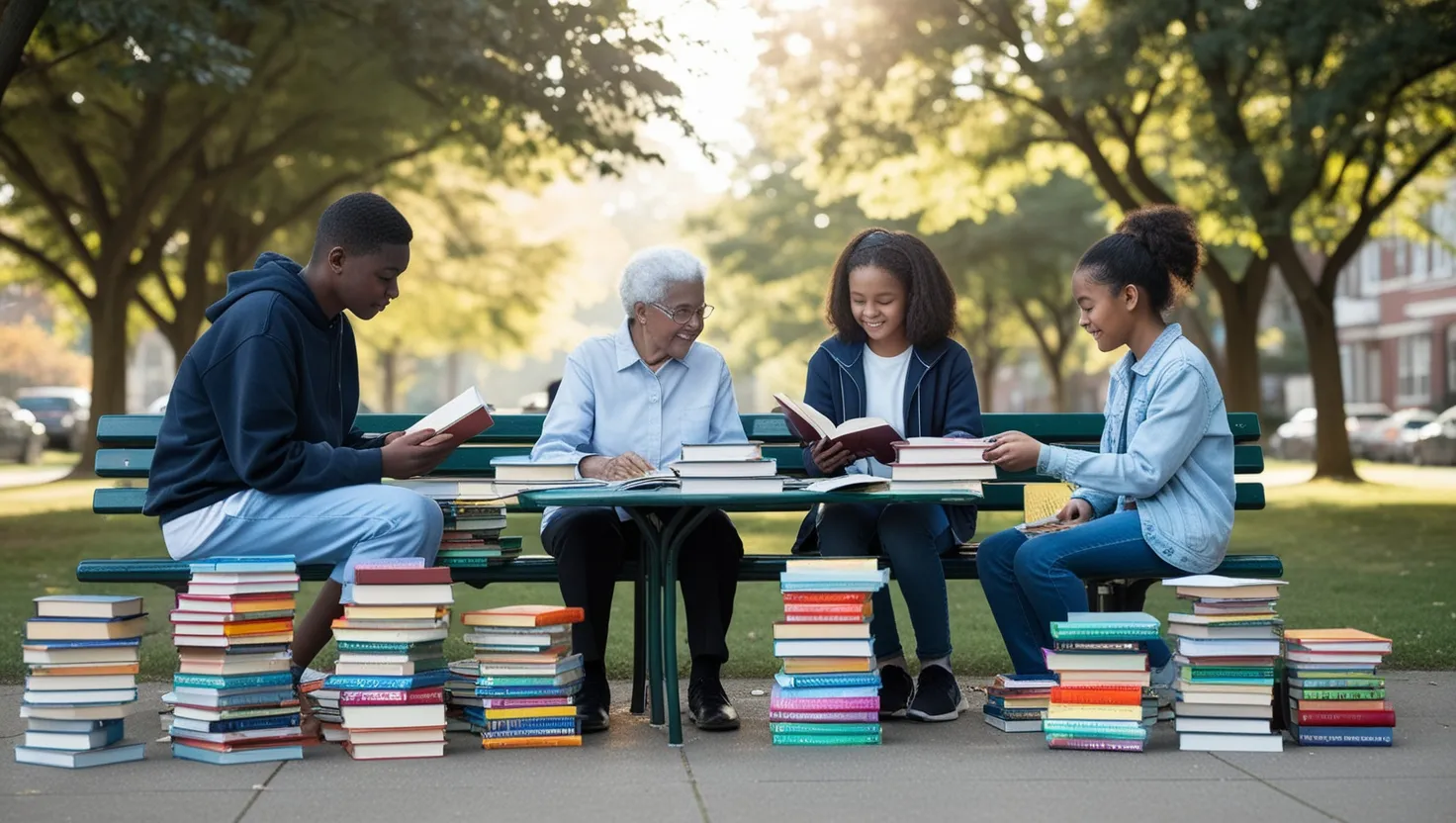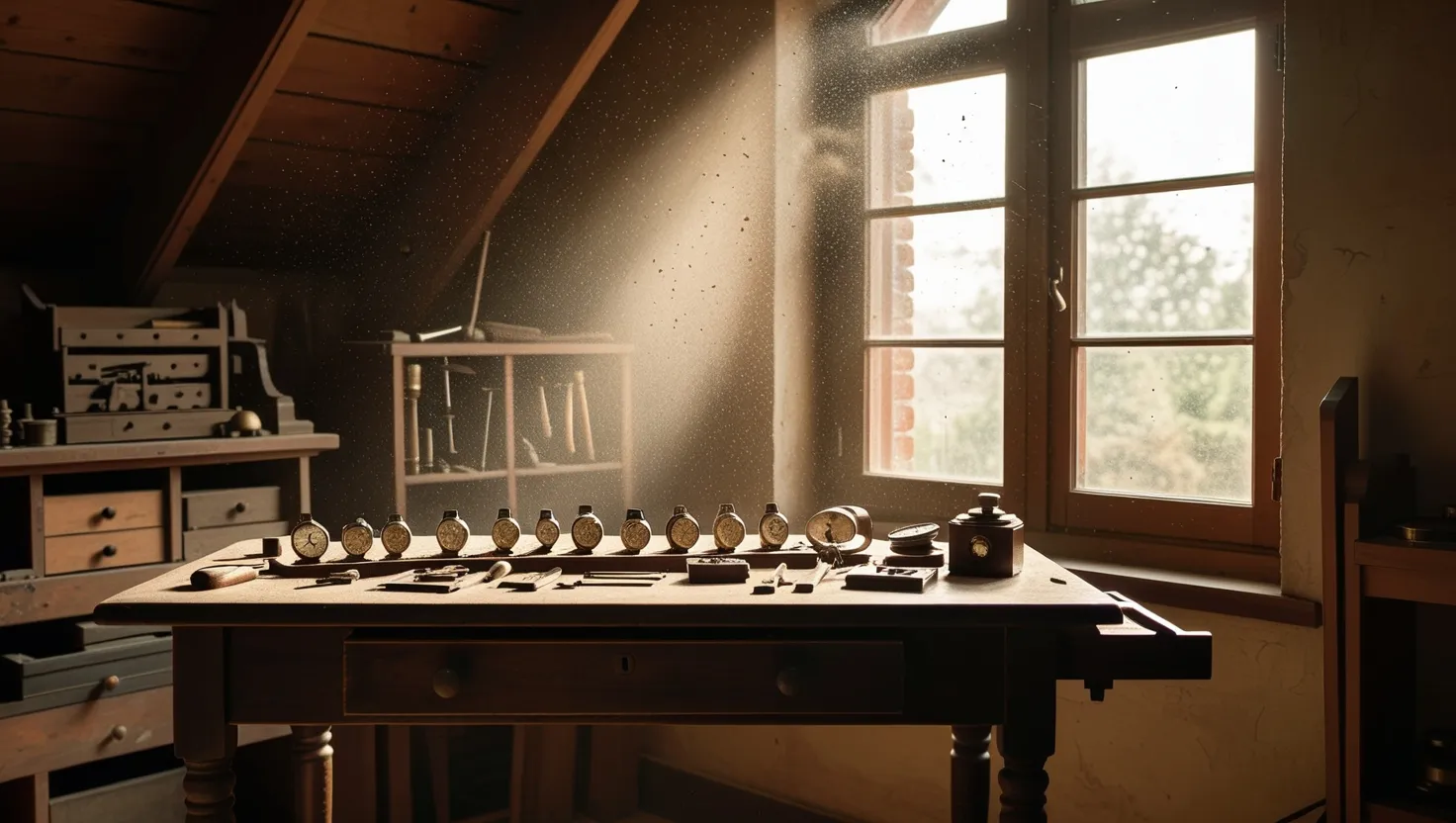I find myself drawn back to the story of a small garden behind a weathered house, where sunlight falls on stakes and vines, and the scent of tomatoes lingers in the air long after the season ends. This isn’t just a story about growing tomatoes. It’s about memory, change, and the unexpected ways purpose returns to our lives when we least expect it.
It began with my late husband’s passion for his tomato patch—a love so deep that every summer, our kitchen would overflow with reds and golds, each fruit a small triumph. When he passed, grief and silence filled the place where laughter and planning used to be. But the garden still needed tending, or so I told myself. Maybe I needed it as much as it needed me.
Planting those seeds that first spring alone, I realized I was piecing together habits I’d half-watched for years. Was I kneeling in the dirt to honor him, or was I hoping to harvest something I’d lost? It’s odd how menial tasks—pinching suckers, tying vines, watering at dawn—become forms of meditation.
Caring for tomato vines taught me lessons in patience and imperfection. Plants rarely thrive on schedule. Some seedlings wilt without reason. Others surprise you with strength, breaking through adversity. I wondered: Wasn’t I doing the same, trying to grow again after loss?
A block quote once stuck with me:
“The best fertilizer is the gardener’s shadow.”
I think of that line often, especially when doubt seeps in about whether this endless tending makes a difference at all.
One afternoon, a group of teenagers shuffled up the drive, their arms slung with the casual awkwardness of youth. I overheard their banter about wanting “real tomatoes” and how the store-bought ones tasted like “wet cardboard.” On a whim, I offered them a deal—help me weed and water, and they could take home some of the harvest. They exchanged looks, shrugged, and got to work.
I watched them fumble through tasks that had become second nature to me. Have you ever seen someone try to tie up a tomato vine for the first time? It’s a comedy of errors—twine knotted, leaves snapped, sweat beading on brows. Yet beneath the surface, something subtle was happening: a transfer of knowledge, a passing of time from one pair of hands to the next.
As the season stretched, the plants responded with exuberance. Fruit grew heavy on the vines—far more than I could possibly eat or can. The teens started bringing their friends, and suddenly, my quiet afternoons were filled with conversation about everything from video games to college dreams. We laughed about my “ancient” gardening tricks and the art of perfect BLT construction.
At some point, the harvest overwhelmed us. Tomatoes filled baskets, buckets, even old hats and shirt-fronts. Supply far outstripped demand. When everyone had eaten their fill and carried bagfuls home, we still had more. What to do with abundance? Would you believe that was a turning point?
I proposed we set up a small stand at the park, trading tomatoes for other goods or a few coins. We scribbled a quick sign—“Pick Your Own, Pay What You Can”—and waited to see what would happen. I watched the kids negotiate, haggle, and sometimes give tomatoes away for free to folks who looked like they needed a bit of kindness. In simple terms, they learned the basics of supply and demand without a classroom or textbook.
The lessons weren’t just about economics. I saw confidence blossom in those who managed the stand. They debated price fairness, figured out how to appeal to customers, and discussed what to do with the proceeds. Who knew a tomato patch could spark so much?
I asked them: What makes something valuable? Is it the tomato itself, the labor behind it, or the memory it carries? Their answers, wise and unguarded, reminded me of another quote I cherish:
“To plant a garden is to believe in tomorrow.” —Audrey Hepburn
I realized this garden had become more than a tribute. It was a living classroom, a space for community, a bridge between past and future. Each tomato carried a story—the care of a widow, the discovery of young hands, the invisible thread linking us all through the simple act of growing.
It’s easy to overlook the quiet ways that ordinary routines can become extraordinary. Grief might not vanish, but it softens under the sun, among the vines, and in the laughter of new friends. More than once, I’ve wondered: Why do we think learning has to happen inside four walls? Sometimes, the richest lessons are plucked straight from the garden.
Did you ever consider that the most important economics lesson might come from giving away what you have in surplus? That generosity, not just profit, can drive a market? These young people left my garden with more than tomatoes—they carried with them a sense of purpose and connection that’s hard to measure.
As the summer waned, I noticed how the garden had changed shape, just as I had. The teens now volunteered ideas for next year: new varieties to plant, a compost pile to start, maybe a mural for the shed wall. It struck me then—purpose isn’t something we chase; it’s something that finds us, often in unexpected places.
Here’s a question for you: When was the last time you learned something by giving instead of taking? I think we often underestimate the potential of mentorship, of letting others pick up where we left off, of passing down skills that seem small but grow into something far greater.
I still talk to my late husband as I prune the vines or taste the first ripe fruit. He would have loved the chaos of teenagers in the garden and the way the neighborhood now smells of fresh salsa and roasted tomatoes. And maybe, in some way, he’s still a part of it all—woven into every plant, every lesson, every smile that leaves my doorstep with a tomato in hand.
“What you do makes a difference, and you have to decide what kind of difference you want to make.” —Jane Goodall
So, the garden goes on. Seasons end, new






